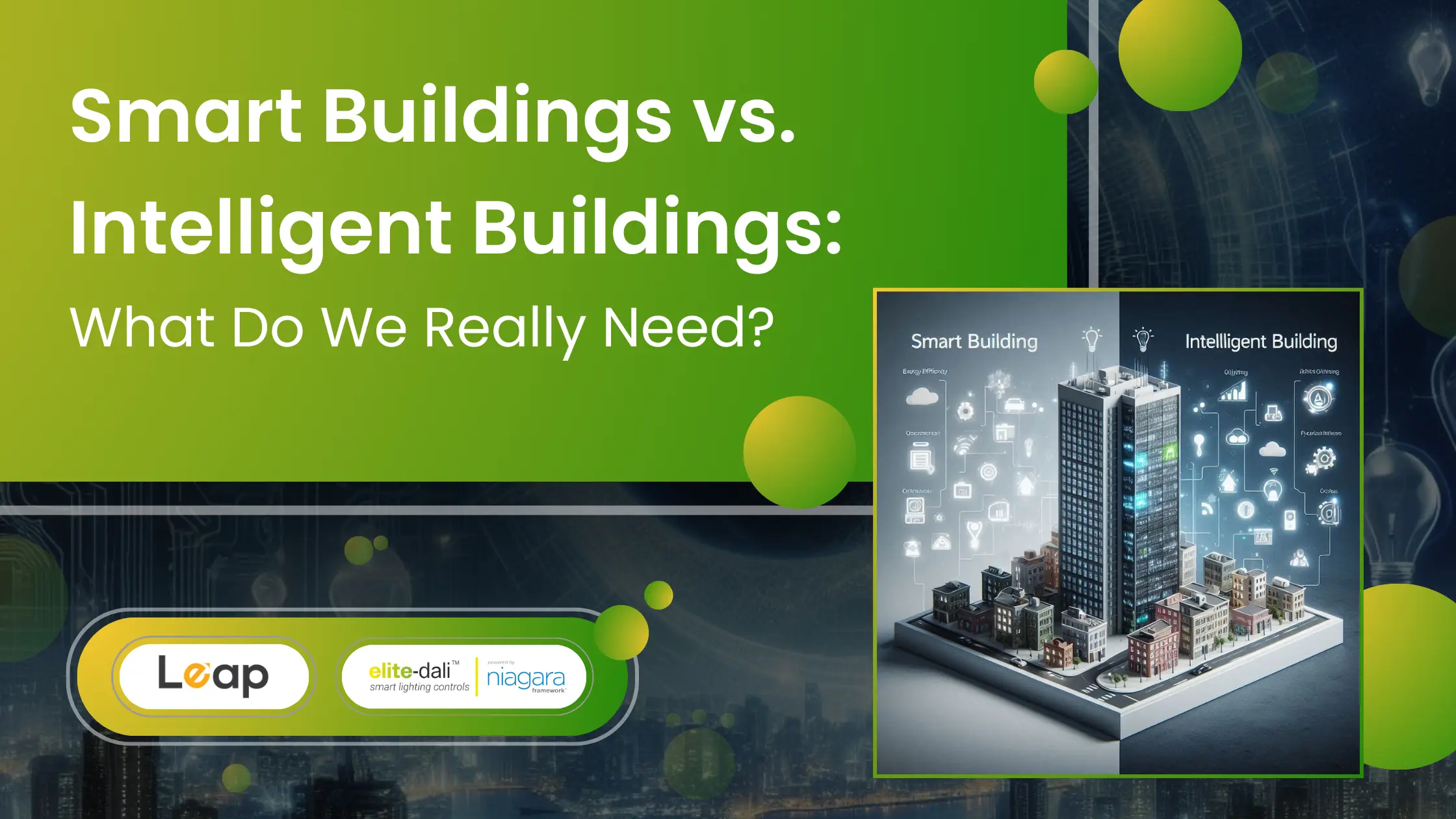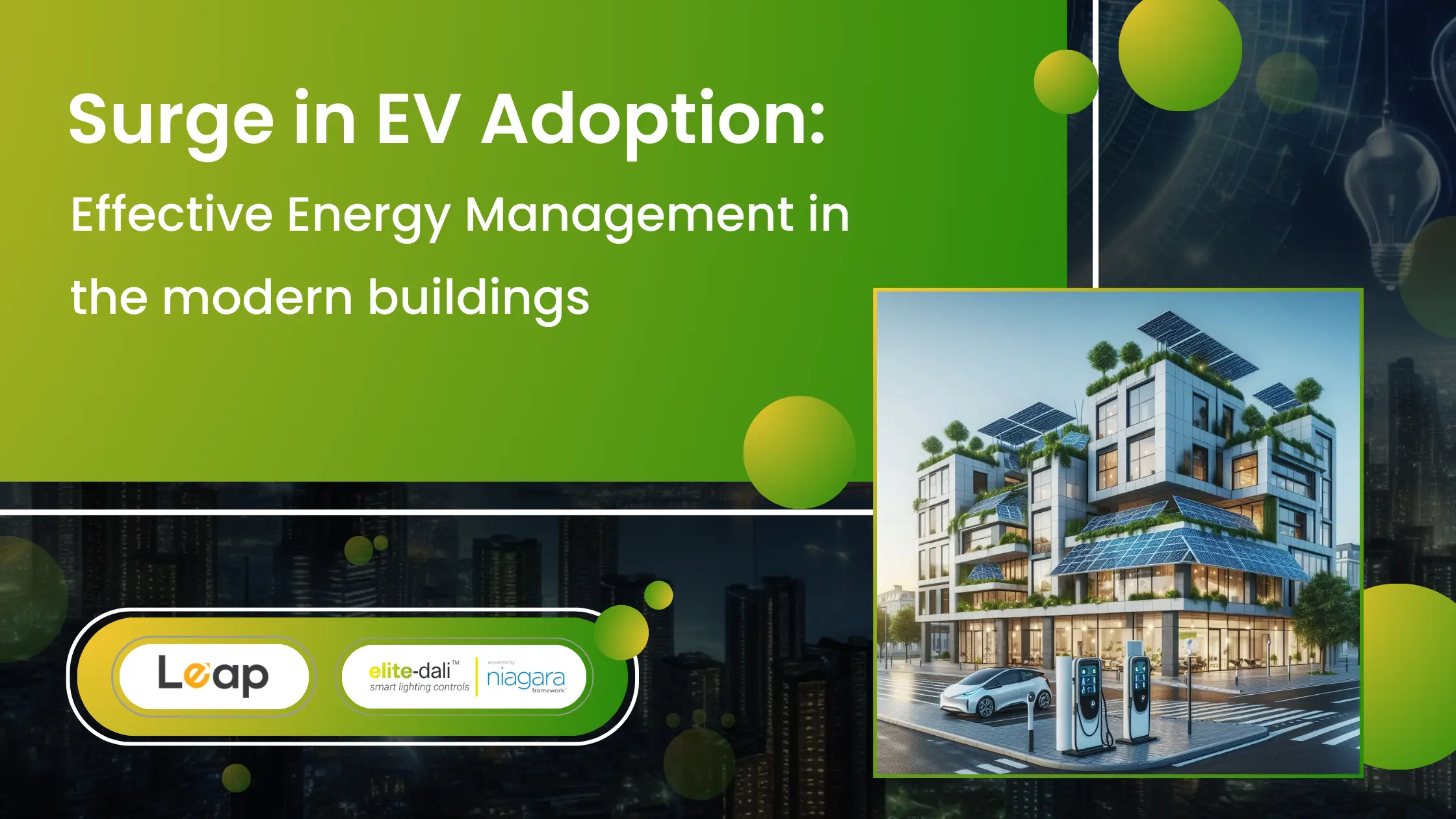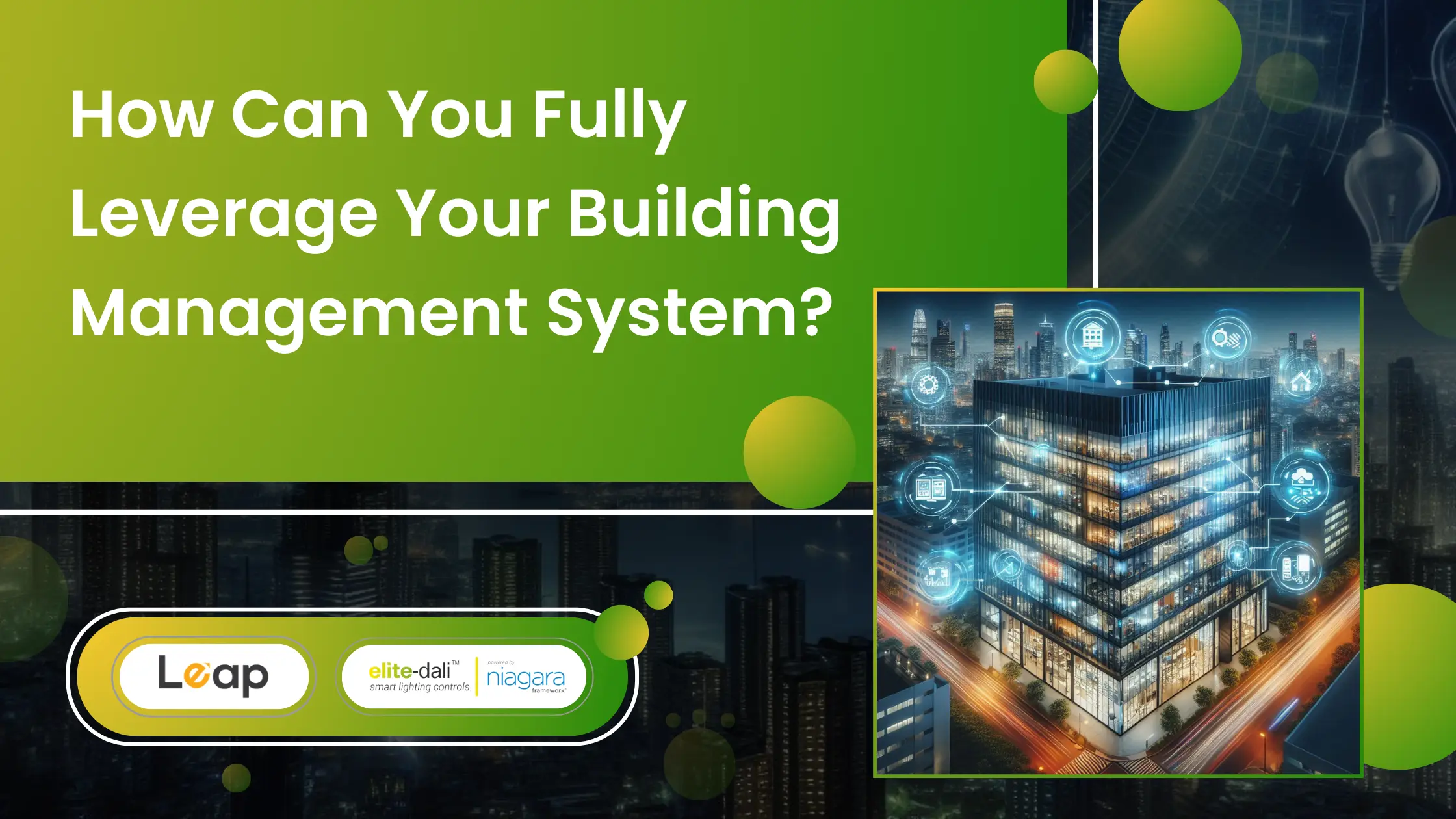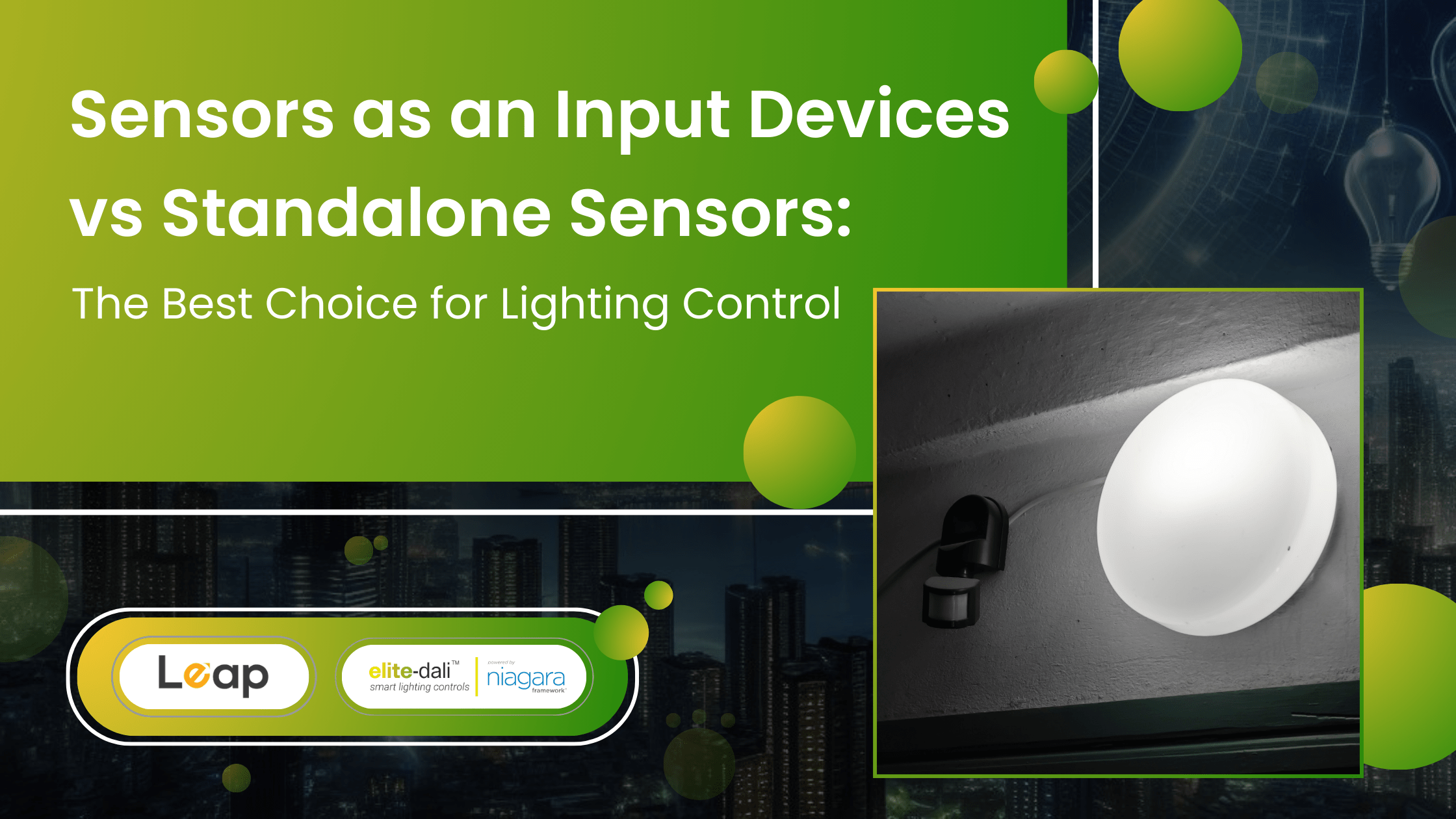Digital Addressable Lighting Interface: Everything you need to know
Digital Addressable Lighting Interface also known as DALI, since its inception has dominated the lighting industry. It primarily serves urban, industrial, and profit-oriented spaces in the industry. The DALI network consists of at least one application controller, a bus voltage supply, input devices, and an operating devices DALI interface. The application controller can control, configure, or query all devices through bidirectional data exchange. The DALI protocol allows devices to be addressed individually, in groups, or broadcast.
Table of Contents
What is Digital Addressable Lighting Interface?
Simply put, DALI is a two-way communication system that brings digital technology to lighting. According to the international communication standard, DALI’s primary function is to define commands that ballasts and LED drivers must recognize. The system allows individual LED drivers and ballasts to “speak” to the user, and the user can speak through a DALI controller, a computer with the appropriate software, or a building management system.
Key features of Digital Addressable Lighting Interface
- This is an open protocol and can be used by any manufacturer
- DALI2 ensures interoperability between manufacturers through mandatory certification procedures
- Installation is easy, the power line and control line can be placed together and no shield is required
- The wiring topology can be in the form of stars (hub and spokes), trees, lines, or any combination thereof
- Since the communication is not analogue and is digital, multiple devices can receive the exact same dimming value, which results in a very stable and accurate dimming performance
- All devices have unique addresses within the system, which opens up many options for versatile control.
How long has Digital Addressable Lighting Interface been around?
The history of Digital Addressable Lighting Interface is interesting. This idea first came from a European ballast company. Three more ballast companies first participated in the proposal of the International Electrotechnical Commission (IEC) to develop standards for ballast communication protocols. The United States also participated in the mid-to-late 1990s.
How does Digital Addressable Lighting Interface work?
Most of the hardware used in DALI systems is the same as that used in more general systems. This huge difference is that DALI allows you to connect the LED driver and ballast to a central computer so you can control them independently of each other. The DALI system can be used with T5, T5HO, T8, and compact fluorescent lights.
The LED driver and ballast are connected by a Class 1 (inside the conduit) or Class 2 (outside the conduit) cable to form a loop of up to 64 LED drivers or ballasts. Everyone receives the address in the DALI system and the loop is connected to the DALI control device. A single network is not enough to cover the entire building; rather, in order to create a “network of networks,” some need to be interconnected.
Why should you choose Digital Addressable Lighting Interface?
● Dali lighting control system uses open protocols
Open protocols allow various companies to bind together. Dali lighting systems provide interoperability through which different organizations can co-exist within one Dali network.
● Dali provides a five-wire system
Normally, you need to pull a lot of cables to make sure all the equipment is connected to get the control you need in a conference room or office floor. You do not need to make this type of connection with DALI. This is a simple two-wire control connection that is connected to each device to form a control network.
You don’t need to know anything about zoning and you don’t have to monitor the control lines like a relay system, so you can pull your wires in by a fairly unskilled worker. Relay systems can have 30 or 40 wires placed in a conduit, each of which must be labelled, dragged to a specific location, and created on a specific location and board. DALI has only two wires and can go anywhere.
● Dali lights are easy to reconfigure
There is no need to redirect the control cable to the device. You can easily reconfigure your DALI device. Changes can be made via software instead of permanently changing the wiring. Even unskilled labour can reconfigure it very easily.
elitedali’s Dali lighting control system is easy to integrate and reconfigure as well. elitedali allows end customers to save energy and costs and promote sustainability.
Where can Digital Addressable Lighting Interface lights be used?
● In offices and hospitals
DALI lighting systems in office buildings and hospitals offer more options for individually adapting ambient light. In addition to dimming the light intensity, you can also change the Kelvin to improve the biological rhythm. With these systems, you can adjust the lighting according to your eyesight, mood preferences, control unit performance, energy-saving requirements, and sustainability compliance.
● In factories and warehouses
Warehouses and industries need the optimum amount of light to be an efficient workplace. Artificial lighting alone is not enough to serve its purpose. Therefore, DALI lighting control uses the available daylight to compensate for artificial light and illuminate the room according to the work and the employee’s own requirements. In this way, industry owners can reduce energy consumption while maintaining the right level of lighting in their work area.
What are some advantages of Dali lights?
DALI has a simple topology and does not require a radial circuit from the lamp circuit to the distributor. So, above all, much less copper. In addition, one module can control up to 64 lamps, reducing space in the distributor. This is a density that is not possible with a phase dimmer. Termination and cable management within the distributor is much easier. The
DALI ballast usually provides a very smooth light curve for LED lamps, and once installed, instead of rewiring the circuit, you can use software to readdress the lamp or group them. You can change it. If you need additional lamps after the project is complete, you can simply connect the new 230V radial to the DALI bus and supply 230V instead of connecting it to the distributor’s dimming actuator. With the evolution of the
DALI and lighting design to incorporate the wellness benefits of Tunable White (human-centred lighting), you can adjust controls without changing existing wiring.
Bottom Line
The best lighting control system is a system that meets the needs of all users while reducing the associated costs, energy consumption, and management burden of the building.
There are quite a few issues related to managing individual luminaires or stand-alone systems. At elitedali, it provides system integrators, development partners, building owners, and facility managers with the option to integrate existing systems with DALI-operated lighting controls. Such controls give you more versatility in controlling the lights, so you can literally “talk” to them.
Visit elitedali to know more!








